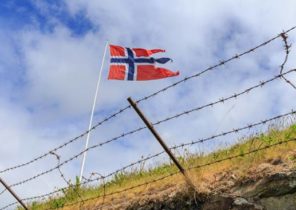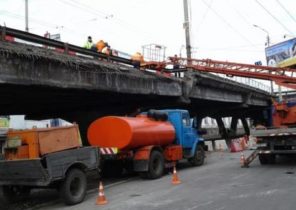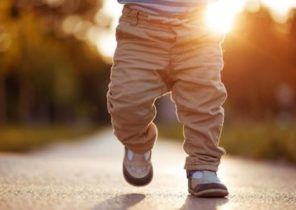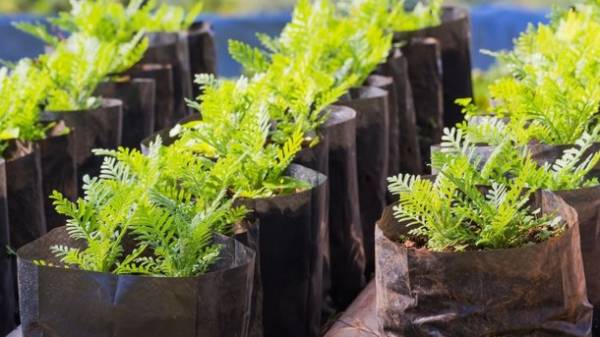
The cultivation of seedlings is an integral part of vegetable growing and floriculture: a lot of what I want to grow on the plot, depends on the quality of plants that you intend to plant. And this is important — seeds, lighting, feeding and even containers in which to grow seedlings.
How to choose the right containers, “Today” said the experienced woman from Zhitomir Nelly Lupinus; agronomist, employee of the TD Summer from Kiev Marina Yarosh and candidate of biological Sciences, agronomist Dmitry Maydanyuk.
THE THEORY OF SEEDLINGS
The main advantage of growing vegetables and flowers seedlings, in that in the initial stages of development the plants require considerably less space than the height of the growing season. This allows in a relatively small area of a greenhouse or windowsill to grow the required number of crops with a long vegetation period. In addition, plants grown from seedlings, less muffled by the weeds, and the consumption of seeds is much lower. And the area of the garden is used much more intense: there can be grown a different culture with a short vegetation period. But even young plants need a certain area of nutrition. To obtain plants of high quality seedling should be well-lit, neighboring plants should not shade each other, and the roots should be enough space for development.
CAPACITY FOR SEEDS
For sowing seeds you can use containers: floral and transport pots, peat and plastic cups, bags, tapes, boxes and plastic sleeve. The most practical trays, boxes and pots of rectangular shape: they better use the area of a greenhouse or windowsill. Excessively large capacity is not only takes more space, but the soil it can sour, undeveloped roots. Therefore, the capacity for growing seedlings must be provided with drainage holes. In one container you can plant several varieties and even species of plants, but the boundaries need to clearly define and mark labels. Mixed cultures do not allow their peculiarities and productivity, to experiment with new varieties. In addition, it is not necessary to put in one box plants requiring different machinery, for example, cabbage and pepper.
One of the best choices for seedlings — plastic flower pots and transport. They come in diameters from 50 mm to 450 mm (measured on the internal bezel). Most comfortable with a diameter of 75-80 mm, for growing seedlings with a small eating area, or for plants that will be transferred into larger pots. For handling need pots with a diameter of 100-120 mm. If the plants are in the pot for more than 2-2,5 months, need containers with a capacity of 3-4 l and diameter 200-255 mm (recommended size for growing seedlings of different crops).
DIFFERENT ASSISTANTS
You can use the form from the right soils with a large proportion loam: they preserve the integrity until the plants are ready for planting in the ground. Today, seedlings are often grown in the finished blocks of peat or peat tablets and discs with a diameter of 3-7 cm Immersed in water, the disc swells into a block with a height of 4-5 cm In a single block are sown one seed or planted a single seedling. Pills with the seeds placed in transparent plastic containers and cover with lids to reduce evaporation. Blocks are ideal for sowing large seeds, such as cucumbers, and for growing seedlings on the windowsill. Remember: the area of the power plant remains the same as in the pot.
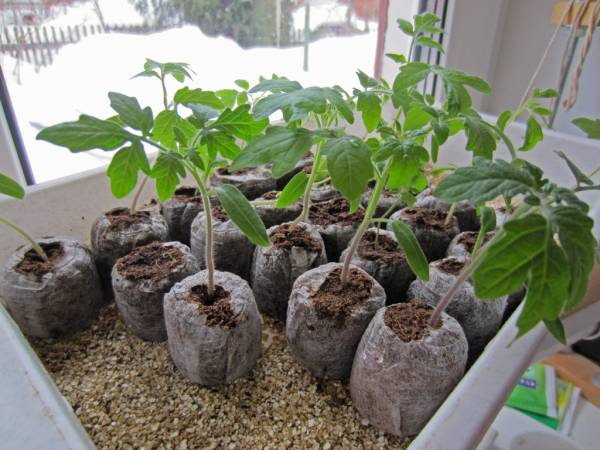
Tablet should match the size of the plant
PEAT POT
A peat pot is used very differently than plastic. Its advantage is the fact that these containers are destroyed in the soil, which allows not to remove the plant when planting. Compacted peat is decomposed by soil microorganisms, further fertilizing the soil, and is not damaged when transplanting, the roots give the ability to quickly start and painless healing of the seedlings. But when planting, the pot should be soaked, very abundantly watered the soil in the hole, and in particularly complex cases — to chop or cut into the pot. Otherwise peat can form a dense layer impenetrable to roots. Such a plant will not give high harvest because its roots will remain in the amount of seedling containers.
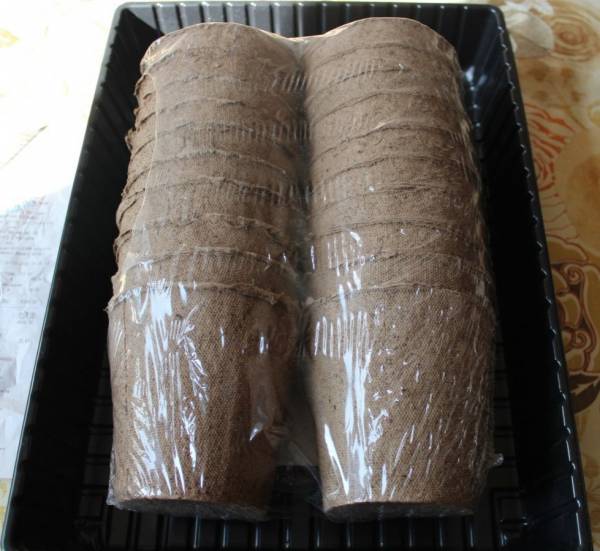
Additional fertilizer
SLEEVE AND CASSETTE
A plastic sleeve is cut into individual pieces whose length corresponds to the height of containers for growing seedlings. Then fill with soil, turning it into a glass without a bottom. Filled with pieces of the sleeves firmly put in boxes the desired height. At the bottom of the stack film, a drain and a thin layer of fertile soils. After this, the cups, the seeds are sown or planted plants. When transplanting plants in the soil the film can be removed or left on the roots to protect them from pests.
CELL. Since the beginning of the 80s started to grow seedlings in magazines. These containers are connected together and a cell size of 15 x 15 x 20 mm 55 x 55 x 65 mm and more. They fill easy, nutritious, – drained potting mix and water balanced in the nutrients solution. When transplanting the roots will remain full, the plant is accustomed.
DO
“Truckers have the popular improvised containers: they save money, and in their manufacture is not difficult, — says Nelly Lupinus. Most popular, boxes of wood. The longest are from planed planks, soaked in a solution of iron sulphate (not rot). Between the boards is necessary to leave a gap of 0.3—0.5 cm for drainage. Or boxes from under vegetables, the bottom of which is veiled with a film or cardboard. As a mini-greenhouse you can use packaging with transparent caps from the cake. Good choice — the eggs (and fertilizer, if not cooked). Suitable for growing packs of beverages that sell juice and milk. But yogurt, kefir, sour cream do not fit — there will always be fermented fungi, and they can adversely affect the roots of the seedlings.”


